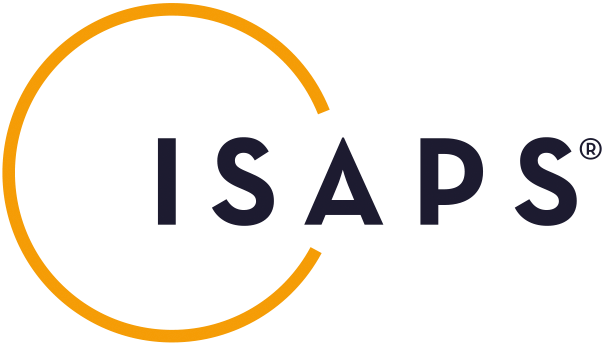
Nose Jobs (Rhinoplasty & Septorhinoplasty)
A “nose job” or rhinoplasty is an operation performed to alter the size of and improve the shape of the nose in order to obtain a more aesthetically pleasing appearance. The nose occupies a central and highly visible position on the face and patients are often troubled by the size, shape or length of their nose. Rhinoplasty is also used to straighten the crooked nose and improve breathing difficulty secondary to obstructed nostrils or a deviated septum. Such surgery to the septum is called a septoplasty and when performed at the same time as a nose job the entire procedure is called a septorhinoplasty. A rhinoplasty changes the shape of the nose by removing, altering or adding to the underlying bone and cartilage structures, and the skin is then re-draped over the new structure.
Professor Malata will perform a nose job under general or local anaesthetic depending on your preference and the magnitude of the surgery needed. Although he favours the open approach (because of the increased accuracy) some nose jobs can be done closed using incisions totally hidden inside the nostrils. After a thorough evaluation Professor Malata will discuss with you the details of the rhinoplasty he plans to undertake. Please stop aspirin & brufen like medications 2 weeks before surgery. You may take Arnica tablets commencing from a day or two before surgery to reduce postoperative bruising. A nasal pack is often used to reduce the internal swelling and the possibility of bleeding. An external splint is always applied to your nose at the end of the operation of rhinoplasty or septorhinoplasty.
As in any cosmetic surgery, there are risks as well as benefits and the final results are not guaranteed. The chance of complications following rhinoplasty or septoplasty or septorhinoplasty depends on the exact type of operation needed and other factors such as your general health, drug intake, etc. Professor Malata will explain how the risks apply to you. Detailed postoperative instructions will be discussed during consultation and a procedure-specific handout given to you by Professor Malata.
Risks and complications of rhinoplasty (“nose jobs”)
Expected Nuisances with rhinoplasty
-
Bruising and swelling: unavoidable
-
Drainage of fluid for >2–4 days: common
-
Stuffiness for 2–3 weeks: swollen nasal lining
-
Bruising: can be camouflaged by day 7
-
Numbness of the tip for months
-
Material inside the nose: spray saline: please DO NOT PICK
-
Not blowing the nose for 3 weeks: bleeding may result
-
Feeling of small bumps, firmness, ridges, etc
Some general risks associated with rhinoplasty: severe complications are rare
-
Bruising & swelling: black/ “panda” eyes: common
-
Bleeding needing drainage or re-operation: uncommon 3%
-
Corneal scratches: extremely rare
-
Infection: 2% rare: cellulitis, sinusitis, graft, cranial, blood
-
Irregularities (palpable or visible or both)
-
Perforation of the septum: rare
-
Inadequate straightening: frequent
-
Deformity of skin, bone, cartilage
-
Residual asymmetry: often inevitable: goal is improvement
-
Airway obstruction; impaired smell: uncommon
-
Unsatisfactory cosmetic results.
-
Revisional surgery: 10-15%: time off work, additional cost
-
Columellar scarring: depressed, thick or hyperpigmented
-
Vestibular scarring: contractures, webs, blockage, bands
-
General: aspiration, infection, DVT, PE, bleeding, allergies, death
-
Extremely rare: Death due to intracranial bleeding, toxic shock, PE, allergic reactions to drugs or anesthetic, overdoses
-
Extremely rare: Traumatic: anosmia, blindness (vascular/ optic nerve), intracranial injury
-
Psychiatric disturbances
Some complications of septoplasty or septal surgery
-
Internal bleeding (haematomas): intra or postop: about 2.3%
-
Perforation of septum: late
-
Unrelieved / recurrent/ worsened obstruction
-
Collapse of the nose: extremely rare
-
Slow healing of septum or flaps
-
adhesions
-
perforations
-
scar contractures
-
WHAT YOU NEED TO KNOW (Rhinoplasty & Septorhinoplasty)
LENGTH OF SURGERY
2 - 3 hours
ANAESTHESIA
General
NO. OF NIGHTS IN HOSPITAL
0 - 1 night
RECOVERY
5 - 10 days until socialising with close friends and family
2 weeks until return to work and normal social engagements
3 - 6 weeks until bruising and most swelling disappeared
8 weeks until return to gym and other strenuous activities
3 - 12 months until final result – mild swelling continues to subside gradually
DURATION OF RESULTS
Permanent
To find out more or make an appointment please contact Prof Malata's Secretary on 07455839093 or malatapractice@gmail.com




